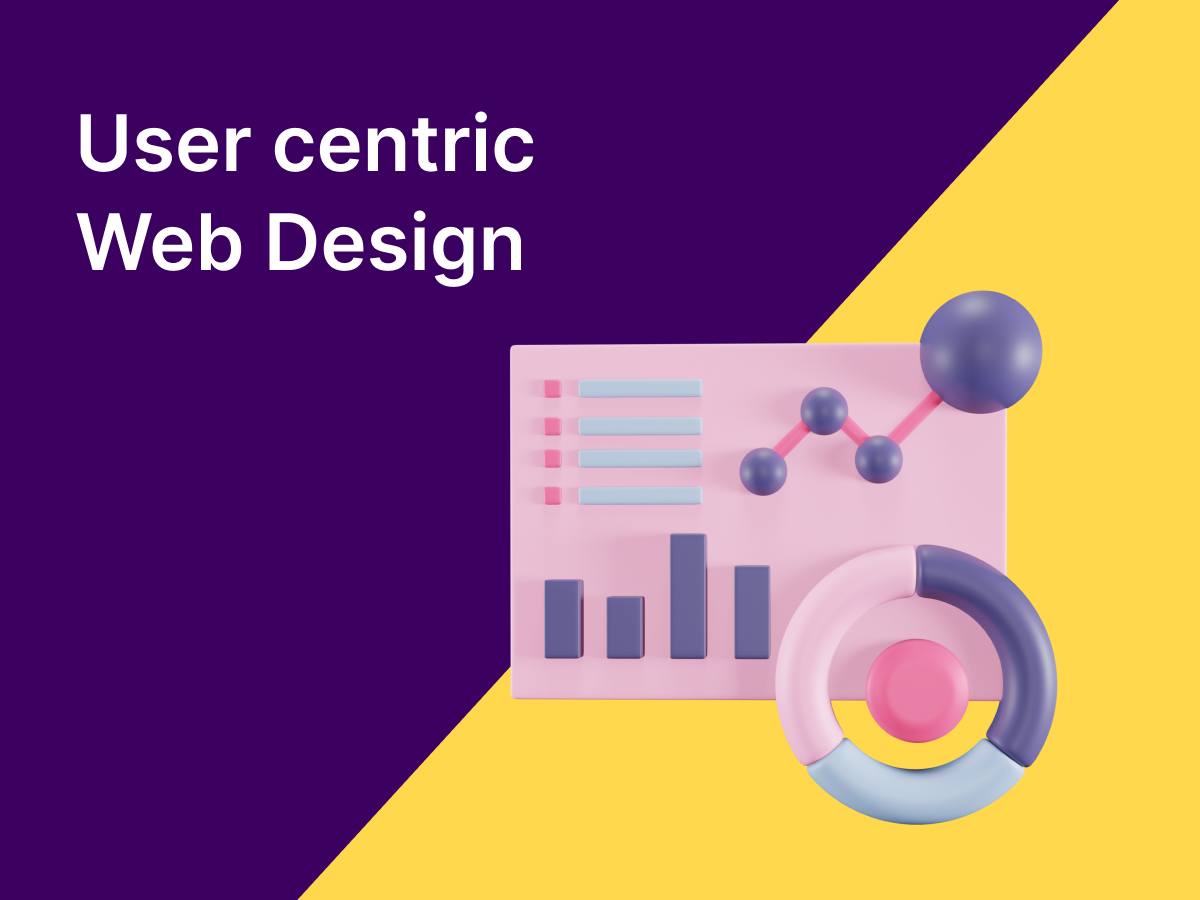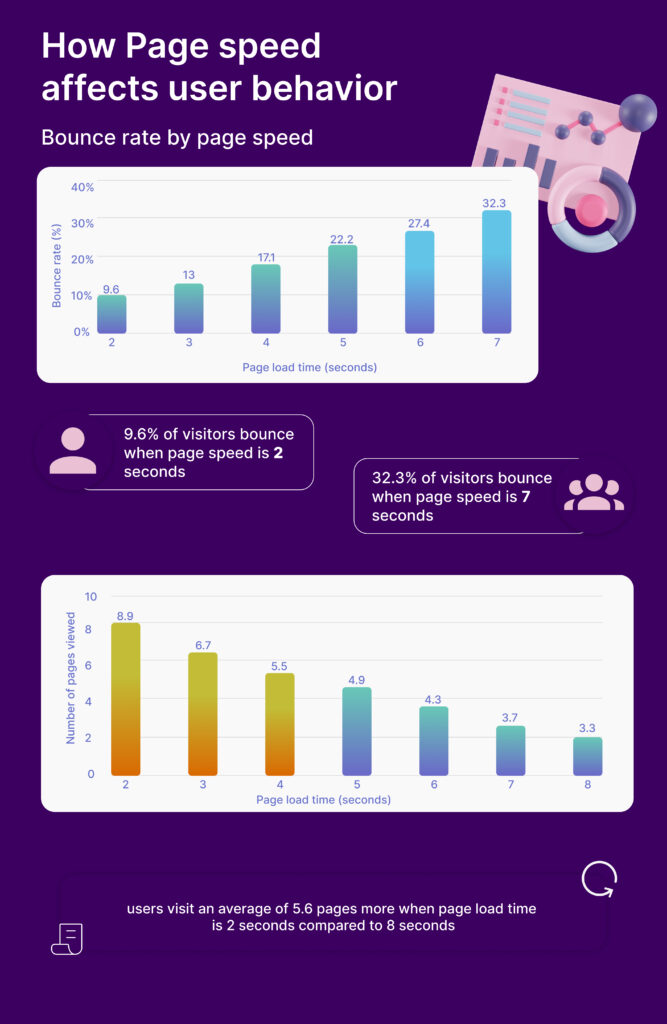
In the fast-paced digital landscape, a website isn’t just a virtual storefront; it’s the epicenter of your brand’s online presence. In this era of user empowerment, where choices are abundant and attention spans are limited, ensuring a user-centric web design is not just a nice-to-have; it’s imperative. Let’s delve into the data-driven importance of user-centric web design and why it’s your secret weapon for online success.
The User Experience Mandate
User experience (UX) is the keystone of user-centric web design. It’s not merely a design principle; it’s a fundamental driver of business outcomes. Research by Adobe reveals that 38% of people will stop engaging with a website if the content or layout is unattractive. Moreover, a seamless user experience results in a higher likelihood of customer satisfaction and loyalty.
Reducing Bounce Rates: The First Impression Matters
Your website has only a few seconds to make a lasting impression. According to Google, 53% of mobile users abandon sites that take longer than three seconds to load. Moreover, data from HubSpot shows that if your website’s load time increases from 1 to 10 seconds, the probability of a mobile user bouncing increases by 123%. A user-centric design prioritises speed, responsiveness, and ease of navigation, reducing bounce rates and ensuring visitors stay engaged.
Conversion Optimization: The Bottom Line
The ultimate goal of your website is conversion – whether that means making a sale, generating leads, or another valuable action. A user-centric design doesn’t leave conversions to chance; it strategically guides users toward the desired action. Research from Stanford Web Credibility Project indicates that 75% of users admit to making judgments about a company’s credibility based on their website’s design.
The Mobile-First Imperative
The rise of mobile device usage underscores the importance of user-centric web design. Statista reports that as of 2021, 54.8% of global website traffic originated from mobile devices. Therefore, a responsive, mobile-first approach is essential. Google’s mobile-first indexing further emphasizes the significance of a mobile-optimized site for SEO and visibility.
Data-Backed Decision Making
User-centric web design isn’t guesswork; it’s rooted in data and insights. Tools like Google Analytics provide a wealth of information about user behaviour, helping you identify pain points and areas for improvement. The ability to track user interactions, such as click-through rates and conversion funnels, empowers data-driven decision making.
Accessibility: Inclusive Design Matters
Inclusivity in web design isn’t just a social responsibility; it’s a sound business strategy. The World Health Organization estimates that over 2 billion people globally have a vision impairment. An accessible design not only serves a wider audience but also enhances search engine optimization. Inclusive websites typically rank higher on search engine results pages.
Page Speed and Bounce Rate

This chart illustrates the direct relationship between bounce rates and website load time. As you can see, the bounce rate increases as page speed goes up, meaning that more people are only visiting one page the slower the first page they visit is.
For users with an average page load time of 2 seconds, the bounce rate is quite low – only 9.61%. This goes up slightly for those with an average page load of 3 seconds, to 13.0%. There is a jump in bounce rate of 4.1% from 3 to 4 seconds, with 4-second page load time having a bounce rate of 17.1%, and a 5.1% jump from 4 seconds to 5 seconds. For those users experiencing an average page load time of 7 seconds, the bounce rate is 32.3%.
Including this data-driven chart and analysis provides readers with a clear understanding of the impact of page load times on bounce rates, emphasizing the critical role of website speed in user-centric web design.
In Conclusion
User-centric web design is not just a design trend; it’s a data-driven strategy for success in the digital age. From reducing bounce rates to optimizing conversions, and from enhancing mobile-friendliness to ensuring inclusivity, user-centric design is a strategic imperative. It’s more than aesthetics; it’s about understanding and meeting the evolving expectations of your audience. Data-backed, user-centric design is not just an option; it’s the cornerstone of online relevance and success.